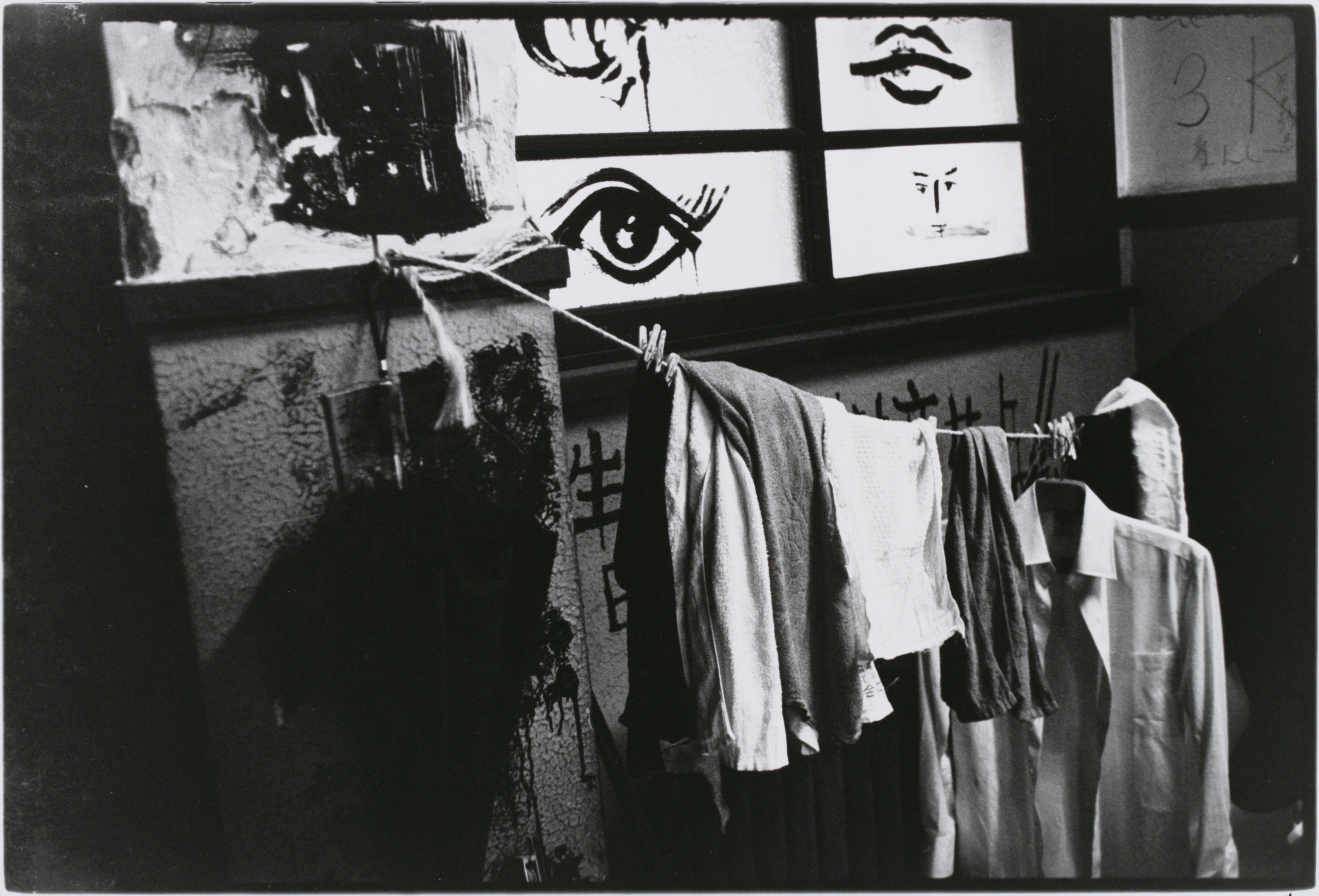In 1968, as the world reeled from The Prague Spring, the turbulent union and student strikes in France, and the assassinations of Robert Kennedy and Martin Luther King, Japan, like so many other nations, found itself in the midst of social unrest. Citizens questioned the West's involvement in the Vietnam War, and as the nation's close relationship with the United States became strained, public resentment of U.S. military bases spread. Antiwar and antibase protests compounded domestic political turmoil as students fought university reforms and corruption, locals protested the construction of Narita International Airport, and other regional struggles dotted the nation.
Given the social landscape of the time, "1968: Japanese Photography" could easily have been a dramatic journalistic documentation of postwar Japan's social progress. Instead, however, it presents images of an almost contradictory composure as it charts the emergence of a new direction in photographic aesthetics.
In reaction to documentaries, propaganda, marketing and art, photographers sought to create images that simply reflected societal changes, not ones that served a purpose. As curator Kaneko Ryuichi explains in this exhibition's catalog, Nishii Kazuo, an editor of Camera Mainichi, described it as "not commercial, not journalistic, not art, only that to which only the word 'photograph' could be applied."



